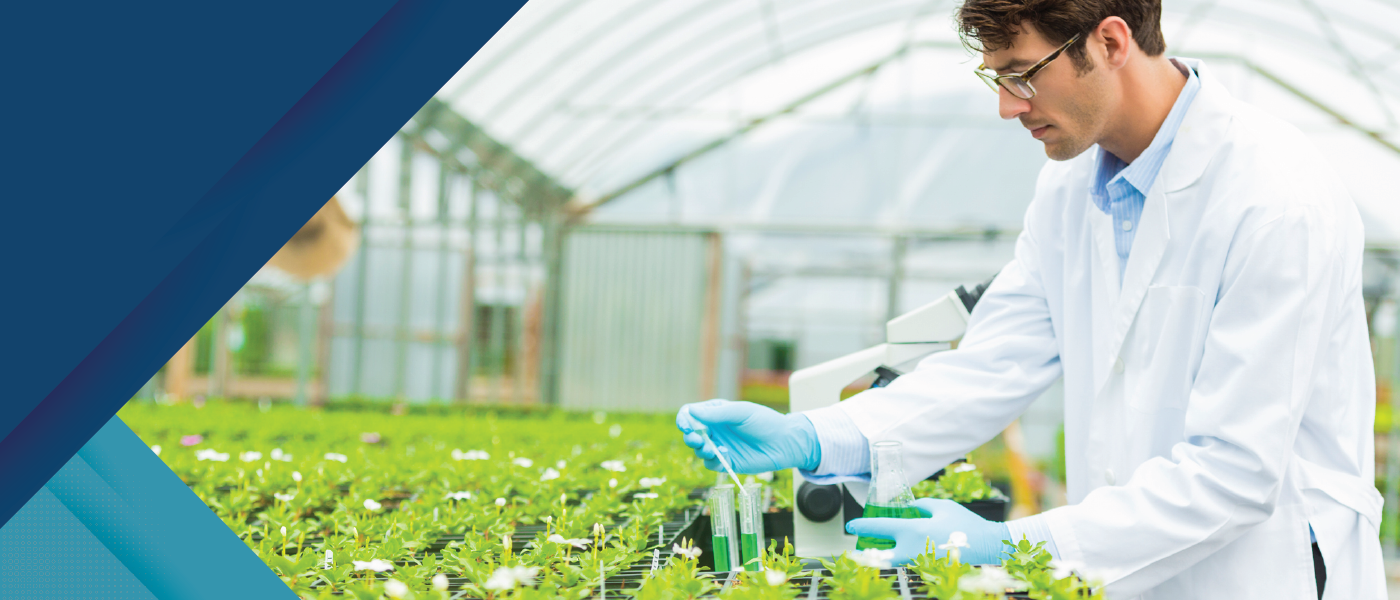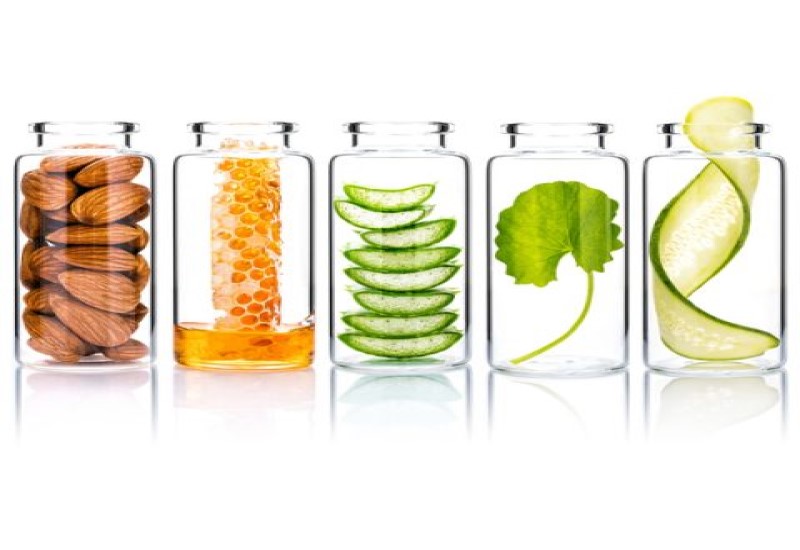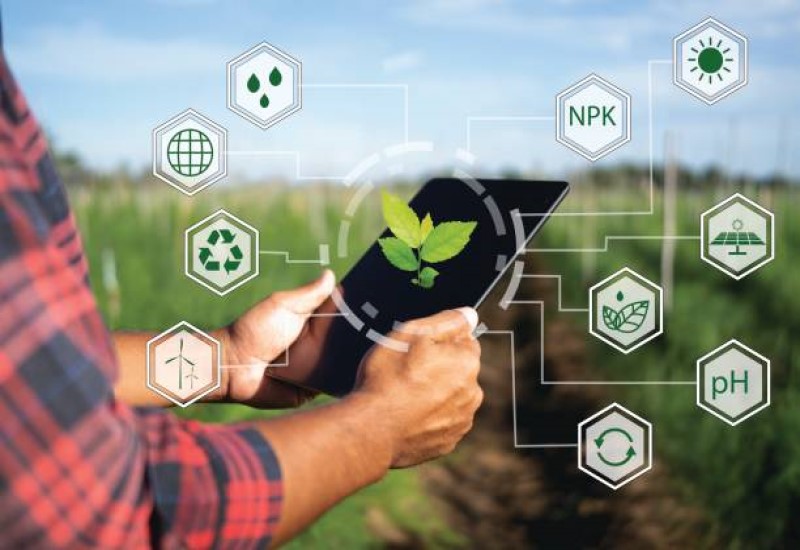






Which factors drive the demand for natural, clean-label, and sustainable ingredients? Why do biotics, collagen peptide, algae extracts, and botanical extracts hold the highest growth potential? What is the impact of the increasing penetration of Korean and Japanese beauty brands?

Explore the legalization and regulation of CBD in each region. Analyze the end-use application segments like food and beverages, personal care and cosmetics, and single servings. Assess the need for the approval of prescription CBD-based drugs and the different adoption and penetration possibilities.

How will the growing population and rapid urbanization drive the housing demand? What are the potential prospects for manufacturers, raw material suppliers, and distributors? How has the geopolitical chaos led to global supply chain disruptions? What is the role of sustainable innovations?

How can global decarbonization goals be met? See how renewables are changing the game and optimizing solutions.
What’s decarbonization, and why is it important? Decarbonization refers to the steady reduction of carbon dioxide (CO2) emissions and, eventually, its elimination. The deployment of decarbonization technology aids emission-intensive industries in minimizing carbon emissions and meeting net-zero emissions protocols in the long term. To cut down carbon emissions and combat climate change, governments across the globe are counting on the five pillars of decarbonization: the rise of renewables, hydrogen economy, direct electrification and renewable heat, carbon capture utilization and storage (CCUS), and energy efficiency. Their implementation can be a potential game-changer to enable stakeholders to achieve carbon neutrality globally.
Schedule a dialog or email us at myfrost@frost.com to connect with an industry expert at no charge. We are taking unprecedented action to make our team available to help you cut through the media and politics to get factual one-to-one guidance for the issues and opportunities that matter most to your business.

Explore how this ever-changing landscape can provide environment-friendly protein products
Read more Request Info
Examine the development of new, high-performance, and innovative chemistries
Read more Request Info
Find out how the rising adoption of sensors will aid real-time data and metrics tracking
Read more Request Info
Analyze formulation technologies like water-based, solvent-based, and UV/light curing
Read more Request Info
What are the various types of GHG emissions and decarbonization initiatives?
Read more Request Info
Take an in-depth look into the role played by this sector in patients' recovery
Read more Request Info
Assess end-use sectors like pipes, windows, doors, wall coverings, roofing, and more
Read more Request Info
Why will lightweight and reusable products in this sector witness high traction?
Read more Request InfoThe outbreak of COVID-19 unlocked the demand for antimicrobial technologies across sectors, finds Frost & Sullivan’s recent analysis, Growth Opportunities for Global Antimicrobial Technologies Enabled by COVID-19. The pandemic triggered innovations in sanitary technologies and encouraged healthcare, automotive, building and construction sectors to adopt long-lasting antimicrobial technology. Further, the need for antimicrobial technology as a macro form of COVID-19 prevention and to reduce the risk of rapid spreading will raise the global government interest in antimicrobic surface, biofilm, and coating adoption in building, construction, and food packaging by 2025.
Read more
Frost & Sullivan’s recent analysis, Global Halal Economy Growth Opportunities, finds that the halal economy is experiencing an upward trend as the demand for halal products from Muslims and non-Muslim nations increases. The main factors driving the halal industry are favorable population demographics, government policies, and private sector initiatives. Growing non-Muslim demand for halal foods will be driven by its association with safe and healthy eating, while halal fashion and tourism should also find increasing acceptance among more conservative non-Muslim consumers. The market for the global halal economy will likely witness impressive growth, reaching $4.96 trillion by 2030 from $2.30 trillion in 2020.
Read more
The market for hot melt adhesives (HMAs) will rise by 2028 due to its multiple advantages to customers across industries, finds Frost & Sullivan’s recent analysis, Global Hot Melt Adhesives Growth Opportunities. HMAs have several benefits over other adhesive formulations, such as faster drying and setting, cost-effectiveness, and low volatile organic compound (VOC) emissions. The global HMAs market is expected to garner $13.81 billion in revenue by 2028 from $9.03 billion in 2021, growing at a compound annual growth rate (CAGR) of 6.3%.
The growing adoption of sustainable farming practices is expediting the agricultural biologicals market growth, finds Frost & Sullivan’s recent analysis, Global Agricultural Biologicals Market, Forecast to 2030. Significant push from policymakers, rising awareness among farmers, and increased investment in product development and innovations will expand the biopesticides and biostimulants segments of the agricultural biologicals sector. The market is expected to hit $25.25 billion by 2030 from $10.88 billion in 2021, registering an impressive expansion at a compound annual growth rate (CAGR) of 9.8%.
The rising world population and growing protein demand drive the global aquaculture sector. The industry is a sustainable means to supply and feed the population with environment-friendly protein products. Frost & Sullivan’s recent analysis, Global Aquaculture Market Growth Opportunities, finds that innovation in aquaculture technologies and smart farming methodologies are revolutionizing the sector and generating additional revenue streams.